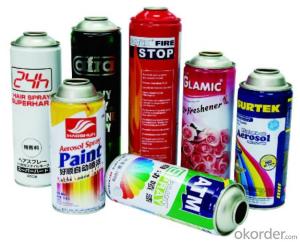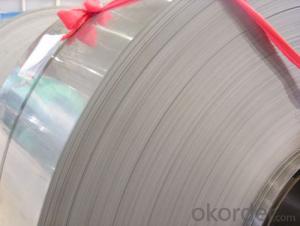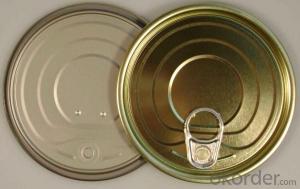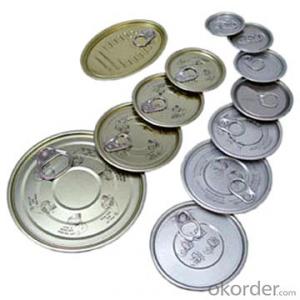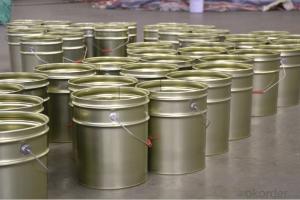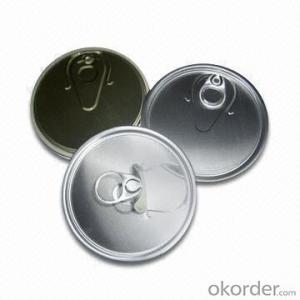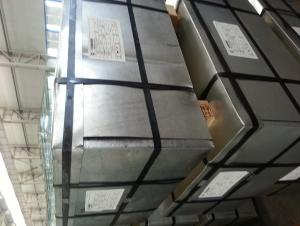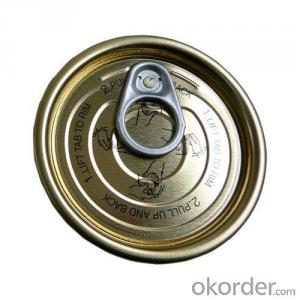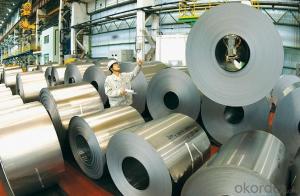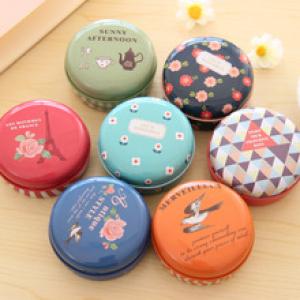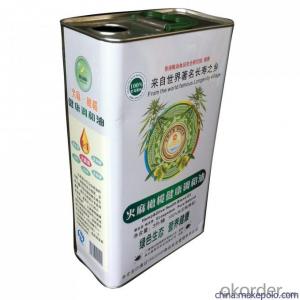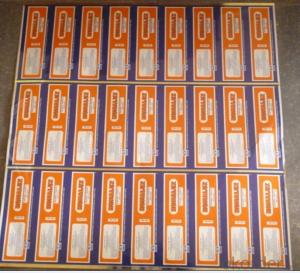All Categories
- - Steel Wire Rod
- - Steel Coils
- - Steel Profiles
- - Steel Pipes
- - Stainless Steel
- - Tinplate
- - Special Steel
- - Steel Sheets
- - Steel Rebars
- - Steel Strips
- - Hot Rolled Steel
- - Cold Rolled Steel
- - Pre-painted Steel
- - Seamless Steel Pipe
- - Welded Steel Pipe
- - Hollow Steel Tubes
- - Galvanized Pipe
- - Stainless Steel Coil
- - Stainless Steel Sheet
- - Stainless Steel Plate
- - Stainless Steel Strips
- - Electrolytic Tinplate Coil
- - Electrolytic Tinplate Sheet
- - Stainless Steel Rebars
- - Solar Panels
- - Solar Water Heater
- - Solar Related Products
- - Solar Inverter
- - Solar Cells
- - Solar Light
- - Solar Energy Systems
- - Solar Controllers
- - Solar Mounting System
- - Solar Pump
- - Solar Chargers
- - Fiberglass Chopped Strand
- - Fiberglass Mesh Cloth
- - Composite Pipes
- - FRP Pultrusion Profiles
- - Fiberglass Mat Tissue
- - Fiberglass Fabrics
- - Fiberglass Mesh
- - Composite Tank
- - Fiberglass Mesh tape
- - Polymer
- - FRP Roofing Panel
- - Fiberglass Roving
- - Monolithic Refractories
- - Ceramic Fiber Products
- - Refractory Bricks
- - Raw Materials For Refractory
- - Suspended Platform
- - Cranes
- - Concrete Machinery
- - Earthmoving Machinery
- - Building Hoist
- - Road Building Machinery
- - Plastic Pipe Fittings
- - Plastic Tubes
- - Plastic Sheets
- - Agricultural Plastic Products
- - Plastic Nets
 All Categories
All Categories
Q & A
How is the tin coating applied to the steel substrate in electrolytic tinplate coil production?
In electrolytic tinplate coil production, the tin coating is applied to the steel substrate through an electroplating process. The steel substrate is immersed in an electrolyte solution containing tin ions. When an electric current is passed through the solution, the tin ions are attracted to the steel substrate and form a thin layer of tin on its surface. This electroplating process ensures a uniform and adherent tin coating on the steel substrate, providing corrosion resistance and enhancing the appearance of the tinplate coil.
How does electrolytic tinplate coil perform in terms of recyclability?
Electrolytic tinplate coil has a high level of recyclability. It can be easily separated from other materials during the recycling process, and the tin coating can be recovered and reused. This makes it an environmentally friendly option as it reduces the need for new tin production and minimizes waste.
What are the potential factors that can cause tinplate coil to exhibit poor formability?
There are several potential factors that can cause tinplate coil to exhibit poor formability. One of the main factors is the presence of impurities or defects in the tin coating, which can affect the adhesion and overall quality of the tinplate. Additionally, inadequate lubrication during the forming process can lead to increased friction and resistance, making it difficult for the tinplate to take on the desired shape. Furthermore, improper heat treatment or annealing can result in inconsistent grain structure and hardness, impacting the formability of the tinplate coil.
Can electrolytic tinplate coil be used in the production of metal crown corks?
Yes, electrolytic tinplate coil can be used in the production of metal crown corks. It provides a corrosion-resistant and protective coating to the steel base, ensuring the durability and longevity of the crown corks.
How is electrolytic tinplate coil produced?
Electrolytic tinplate coil is produced through a multi-step process. First, a steel strip is cleaned and coated with a thin layer of tin on both sides using an electrolytic bath. This process is known as electroplating. The tin coating provides corrosion resistance and enhances the appearance of the steel. The coated steel strip is then subjected to a series of annealing and tempering processes to improve its mechanical properties. Finally, the strip is coiled and packaged for distribution and further processing. Overall, electrolytic tinplate coil production involves a combination of electroplating, heat treatment, and packaging stages.
Wholesale Electrolytic Tinplate Coil from supplier in Comoros
Our commitment to quality is evident in our strict adherence to international standards and certifications. We prioritize customer satisfaction and go above and beyond to ensure that our products meet your exact specifications. Our experienced technical team is available to provide guidance and support throughout the entire procurement process, ensuring that you receive the best possible solution for your application.
Furthermore, we understand the importance of sustainability and environmental responsibility. Our Electrolytic Tinplate Coils are produced using eco-friendly processes and materials, minimizing our carbon footprint. By choosing us as your supplier, you can be confident that you are contributing to a greener future.
In addition to our product offerings, we provide a range of value-added services to enhance your experience. These include on-site training, after-sales support, and continuous improvement initiatives. We believe in building long-term relationships with our customers and are committed to providing ongoing support to help you achieve your goals.
Choose us as your trusted partner for all your Electrolytic Tinplate Coil needs in the Comoros. Contact us today to discuss your requirements and experience the difference of working with a leading provider in the industry.
Furthermore, we understand the importance of sustainability and environmental responsibility. Our Electrolytic Tinplate Coils are produced using eco-friendly processes and materials, minimizing our carbon footprint. By choosing us as your supplier, you can be confident that you are contributing to a greener future.
In addition to our product offerings, we provide a range of value-added services to enhance your experience. These include on-site training, after-sales support, and continuous improvement initiatives. We believe in building long-term relationships with our customers and are committed to providing ongoing support to help you achieve your goals.
Choose us as your trusted partner for all your Electrolytic Tinplate Coil needs in the Comoros. Contact us today to discuss your requirements and experience the difference of working with a leading provider in the industry.
